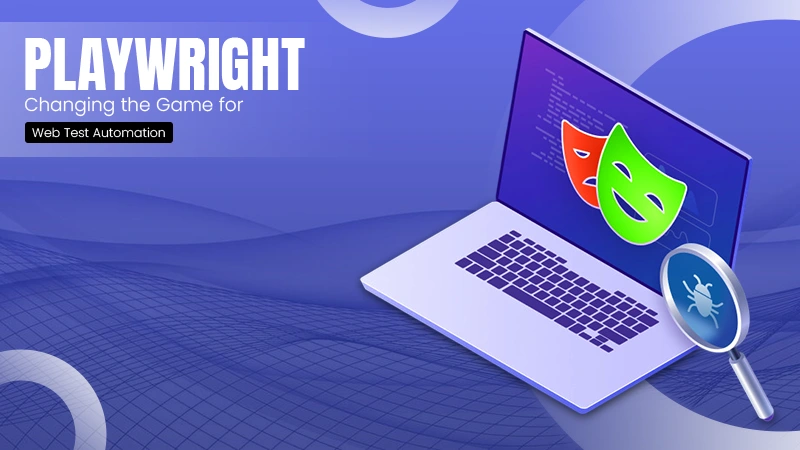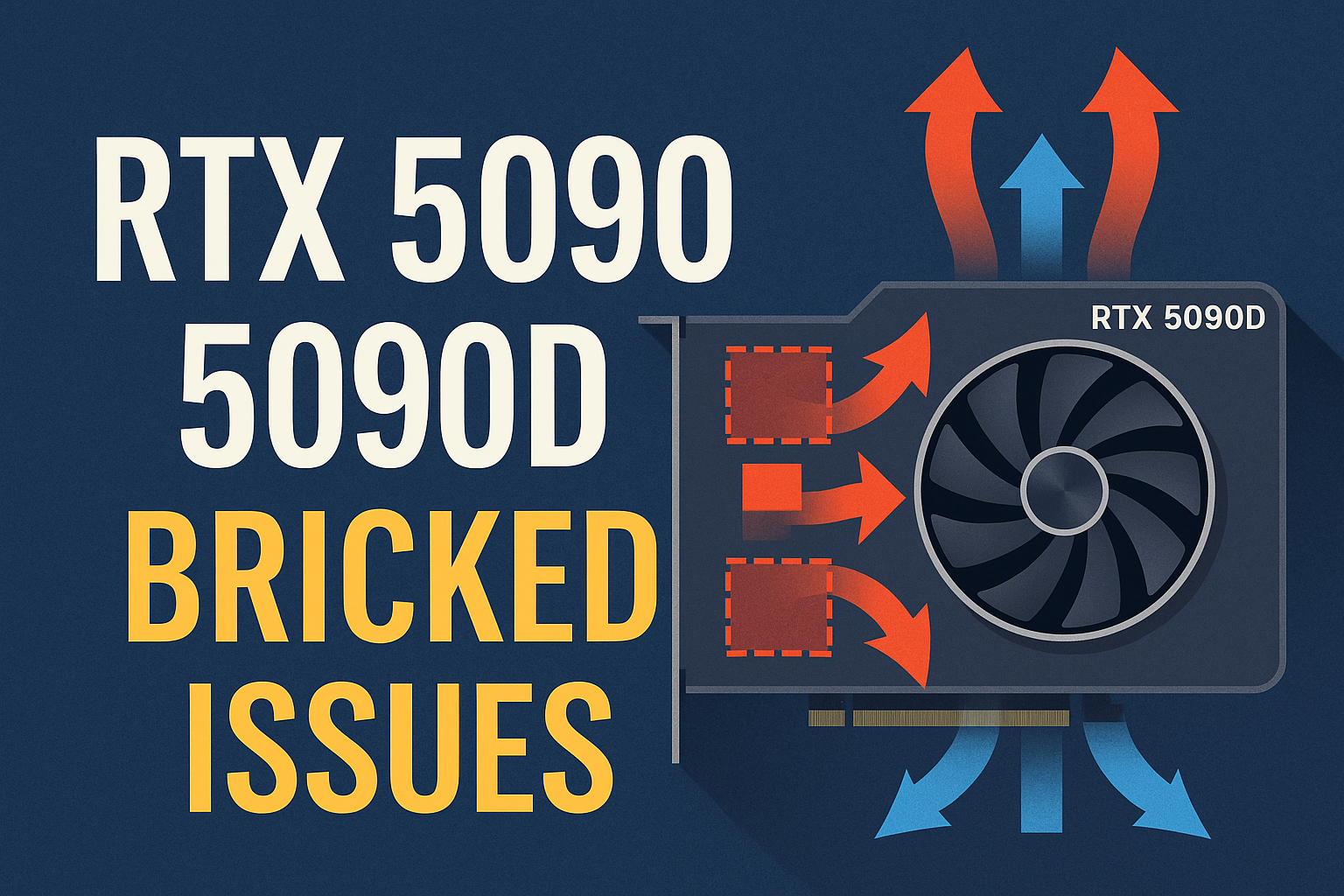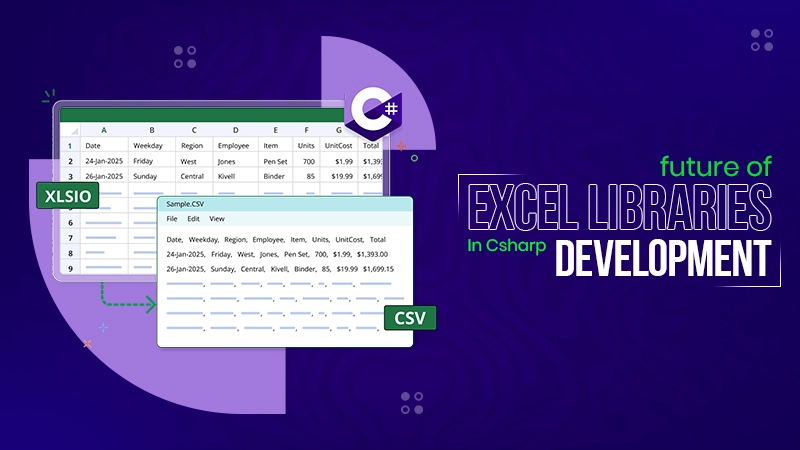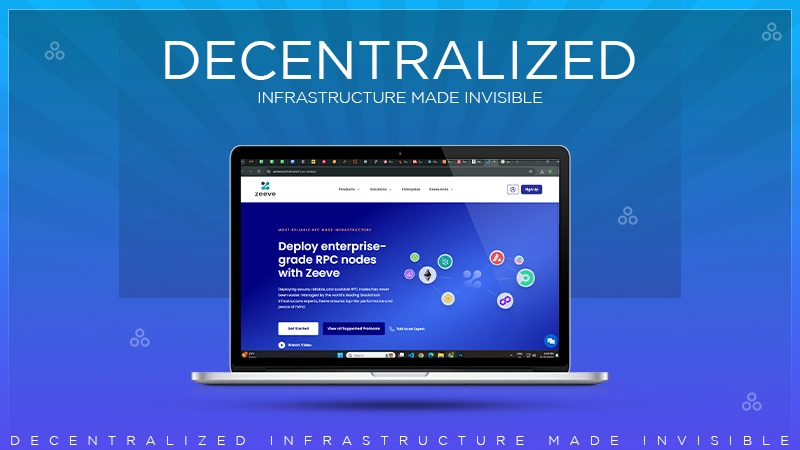In business, speed may make or destroy a contract. But if you go too fast, you could make mistakes that cost you money, and if you go too leisurely, you might miss out on opportunities. It’s important to make strategic decisions quickly and with confidence, yet many companies still use procedures that make it impossible to do so. Tools are full of information, approvals get buried in inboxes, and conversations happen without any clear follow-up. Because of this, people don’t know when they need to act immediately.
Modern project management tools fix this by combining all of the workflows. Companies don’t have to waste time reconciling updates or getting approvals anymore. Instead, they have one system that lets them move smoothly from conversation to action. Lark highlights how platforms can help businesses grow by making decisions that are faster, clearer, and more reliable.
Lark Base: Building Decisions On Shared Truth
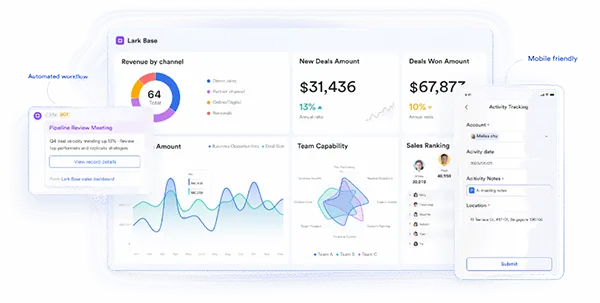
To make good decisions, you need to have the right knowledge. When data is spread out among several spreadsheets and trackers that don’t talk to each other, executives spend more time asking questions about reports than taking action. Lark Base decreases this risk by collecting all of your projects, duties, and information in one place that is easy to find.
For example, for sales teams, Base can bring smart features of a modern CRM app in one place, so that delivery dates are always tied to customer opportunities. Kanban boards are used by marketing to organize campaigns, and timelines are used by operations to keep track of resources. Leaders can see the complete picture because every change enters into the same system.
People feel safe making decisions when things are this open. Teams agree on one source of truth instead of disputing whose data is correct. Leaders don’t spend days figuring out how to make the figures match anymore; they make decisions swiftly and clearly.
Lark Docs: Turning Collaboration Into Clarity
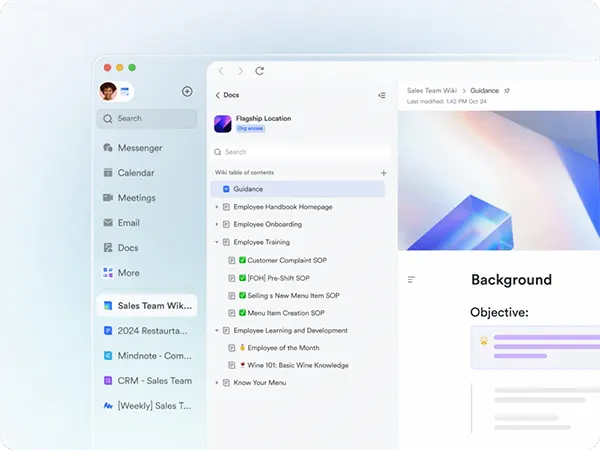
When people work together and things grow confusing, choices are put on wait. There are a lot of drafts floating around, emails get lost in the shuffle, and those who need to know what’s going on have a hard time finding the final version of a document. Lark Docs changes this by making it evident that people can work together and do so in real time
People can work together on strategy papers or ideas in one document, and comments and version history keep track of all the changes. A cross-functional project team can all work on the same issue at the same time, which cuts down on the time that is generally wasted going back and forth. Docs are immediately linked to Tasks and Base, so decisions are put into action right away.
People don’t hesitate because it’s evident that they can work together in real time. Stakeholders can see development as it happens, and decisions may be taken without becoming stuck in version confusion.
Lark Messenger: Moving Discussions Into Action
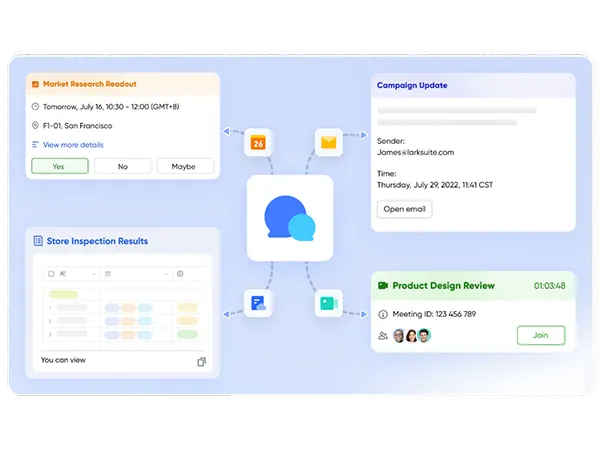
A lot of the time, conversation is where strategic decisions begin. But when people talk about other technology, they lose critical context and don’t get anything done. Lark Messenger meets this need by linking talking to doing things.
A casual chat between managers can evolve into a Task, while a chat about a client can move straight to a Base record. When you distribute files using Messenger, they stay linked to their projects, so decisions are made in the context of the project instead of on their own. Built-in translation makes sure that teams from all around the world are on the same page, which saves things from becoming delayed because of misunderstandings.
Messenger makes sure that conversations don’t end; they turn into progress. Messenger makes it easier to go from chatting to making a decision by effortlessly turning discussions into procedures.
Lark Approval: Structuring Decisions With Automation
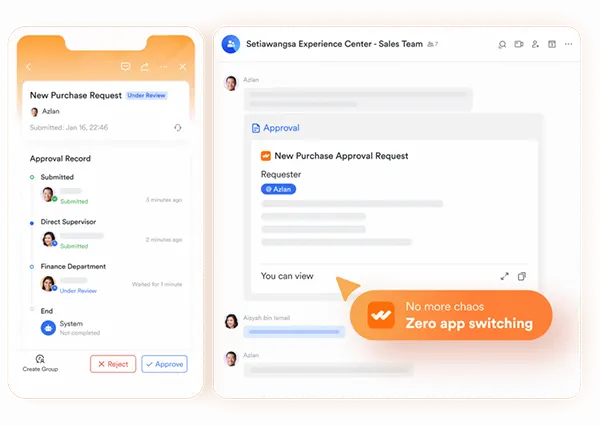
One of the hardest elements of making decisions is getting people to agree. Budgets, vendor contracts, and requests for compliance usually sit in inboxes for a long period, which means workers have to wait and projects can’t move forward. Lark Approval fixes this by making the process of making decisions transparent and easy to follow.
Requests go to the right individuals right away, and everyone can view them. Employees no longer have to resubmit or chase updates; they can view the status right in Approval. The system makes it possible for an automated workflow, so reminders and escalations go off without a hitch. This helps decisions keep progressing.
This uniformity lowers both risk and time lost. Leaders make choices quickly, workers trust the process, and the business doesn’t have to pay for the consequences of not making a choice.
Lark Calendar: Keeping Decisions Aligned With Time
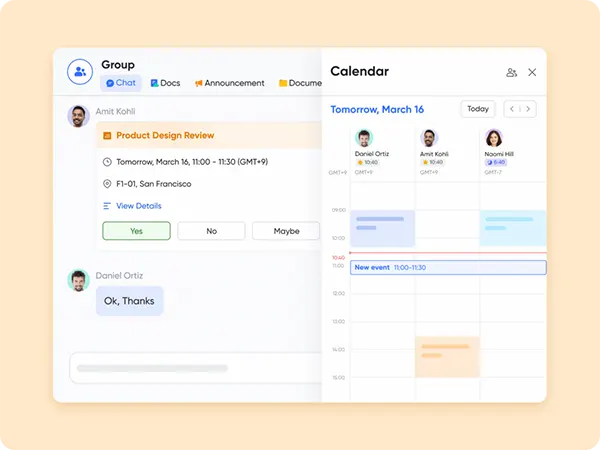
Timing is vital for making strategic decisions; they don’t happen in a vacuum. A good choice made too late could be just as awful as not making one at all. Lark Calendar ensures that the organization makes choices on time.
When you set milestones in Base, they show up in Calendar right away. This makes sure that all departments have the same due dates. Because the meetings are connected to Docs and agendas, people come ready to make decisions instead of spending time catching up. Automatic modifications to time zones make sure that teams all over the world don’t miss out on opportunities because of scheduling blunders.
By embedding time into workflows, Calendar makes sure decisions happen not only correctly, but on time.
Lark Okr: Aligning Decisions With Strategy
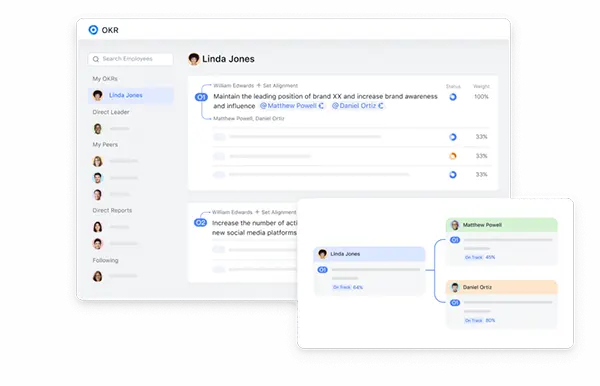
The last step in making smart judgments is to align. If they don’t mesh with the plan, quick judgments can still be a waste of time. Lark OKR makes sure that choices lead to outcomes that matter by linking them to business goals.
Leaders define goals and key results that can be assessed, and then they maintain track of how things are going by getting updates from Base and Tasks. Employees don’t just know what decisions were made; they also know why they were made and how they fit into the bigger picture. This alignment develops trust in leaders and makes sure that decisions are taken for a cause.
OKR transforms how decisions are made from being reactive to being strategic. Not only are decisions made quickly, but they also have clear effects that help the business go forward.
Conclusion
Companies don’t fall behind because they don’t have good ideas; they fall behind because it takes too long to make decisions. Broken tools make labor harder, cause items to be duplicated, and make it hard to find who is responsible. When businesses adopt unified platforms like Lark, they have the upper hand since they make sure that decisions are made on time, with all the information they need.
Base gives you the knowledge you need to make smart choices. Docs show people how to work together, Messenger gets people to do things, Approval organizes decisions with automation, Calendar lines up choices with time, and OKR binds decisions to strategy. These attributes work together to make decision-making a strength instead of a weakness.
The message is clear for leaders in markets that change quickly: making decisions is what makes things flourish. When companies implement unified processes, they stop being afraid and start doing things, which gives them a competitive edge in making strategic decisions.




